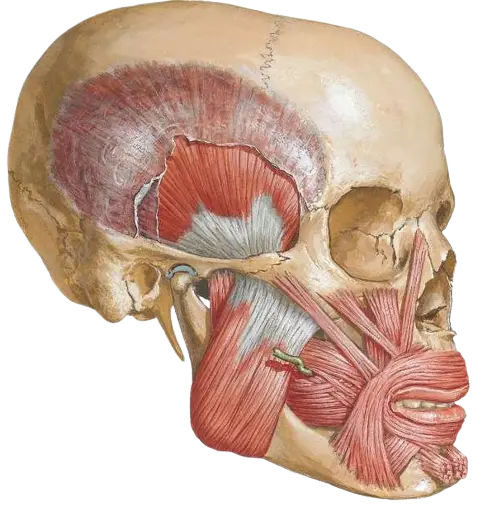Retrospective study of predictability in virtual surgical planning in linear and angular maxillary movements after orthognathic surgery in malocclusion Class II and III patients. A retrospective study – Part I
2023 - Volume 2 -
Issue 1
Summary
A retrospective study was developed to find the Virtual Surgical Planning (VSP) predictability in maxillary movements after orthognathic surgery. Linear and angular measurements were done in malocclusion class II and III patients through face and skull Computed Tomography (CT) with dental scan (called Compound Skull), using surgical planning, comparing with postoperative CT with at least 6 months. Eight patients participated of the study. The results to the simulated and real movements of maxillary points were compared, calculating their linear and angular differences. The cephalometric analysis were done using the Proplan software (Materialise Proplan CMF, São Paulo, Brazil). Eight measurements were done and evaluated through of the t test, Bland-Altman, Wilcoxon and the Dahlberg error, in addition to being evaluated by clinically acceptable bias (+/- 2mm). In the total, 3 differences were statistically significant (anterior facial height, HFP/ULM, HFP/UI). The VSP seems to be a precise and reproducible method as a way of elaborating treatments, reliably transferred to the patient through surgical guides. Although the three differences were statistically significant, when clinical measurements compared with them, none gave clinically significant.
Keywords
Orthognathic surgery, Malocclusion, Facial asymmetry, Asimetría facial, Maloclusión, Cirugía ortognática
How to cite
CAVALIERI-PEREIRA L, MACEDO OCJ, CORAL AJ, OLIVEIRA GP. Retrospective study of predictability in virtual surgical planning in linear and an- gular maxillary movements after orthognathic surgery in malocclusion Class II and III patients. A retrospective study – Part I. Craniofac Res. 2023; 2(1):27-36.
